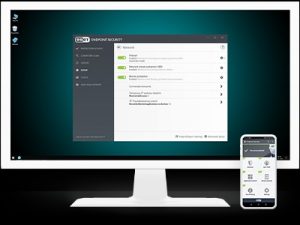Health and safety risk assessments are critical in identifying potential hazards and implementing effective control measures to protect individuals in various environments. Whether in the workplace, a public space, or even at home, conducting a systematic risk assessment is essential for ensuring the well-being of everyone involved. Here are the five steps to conducting a health & safety risk assessment:
Identify hazards:
The first step in conducting a health and safety risk assessment is to identify potential hazards present in the environment. Hazards include physical, chemical, biological, ergonomic, and psychosocial factors. This involves thoroughly inspecting the area, reviewing past incident reports, and consulting with relevant stakeholders to identify potential harm sources. Make a comprehensive list of identified hazards to ensure a thorough assessment.
Assess risks:
Once hazards are identified, the next step is to assess the associated risks. Risk assessment involves determining the likelihood and severity of harm from exposure to a particular hazard. Evaluate the frequency and duration of exposure, the potential consequences of an incident, and the number of people who may be affected. This step helps prioritize risks and focus resources on the most critical areas.
Control measures:
After assessing the risks, the next step is implementing control measures to minimize or eliminate the identified hazards. Control measures can include engineering controls, administrative controls, and personal protective equipment (PPE). Engineering controls involve modifying the environment or equipment to reduce or eliminate hazards. Administrative controls establish policies, procedures, and safe work practices. PPE includes protective clothing, helmets, goggles, gloves, or other equipment to protect individuals from specific hazards.
Record findings and review:
It is essential to document the risk assessment findings and any control measures implemented. Maintained detailed records of identified hazards, and risk levels, and implemented control measures. These records are a reference and can be used for future reviews, audits, or inspections. Regularly review and update the risk assessment as new hazards may emerge or existing hazards may change.
Communicate and train:
Effective communication and training are crucial to ensure everyone involved understands the risks and control measures in place. Share the risk assessment findings with relevant stakeholders, such as employees, contractors, or visitors. Provide clear and comprehensive training on the identified hazards, control measures, and safe work practices. Regularly communicate updates or changes in the risk assessment and ensure ongoing awareness of health and safety protocols.







